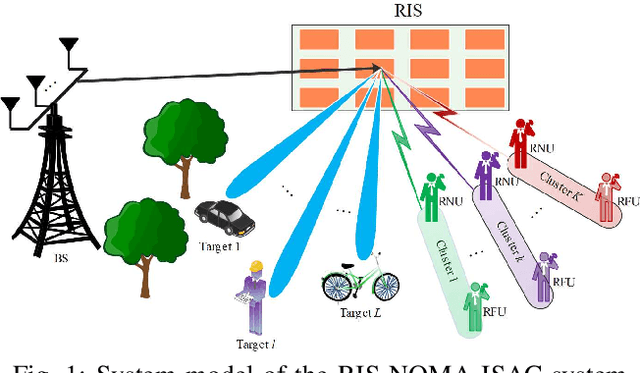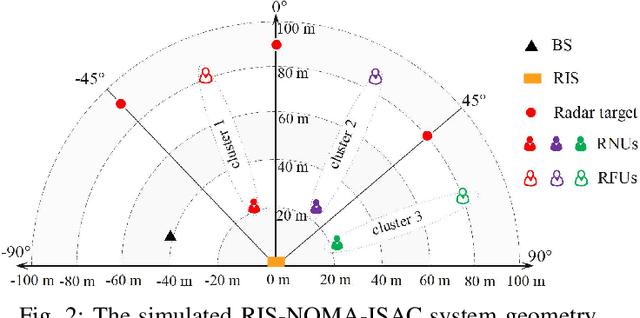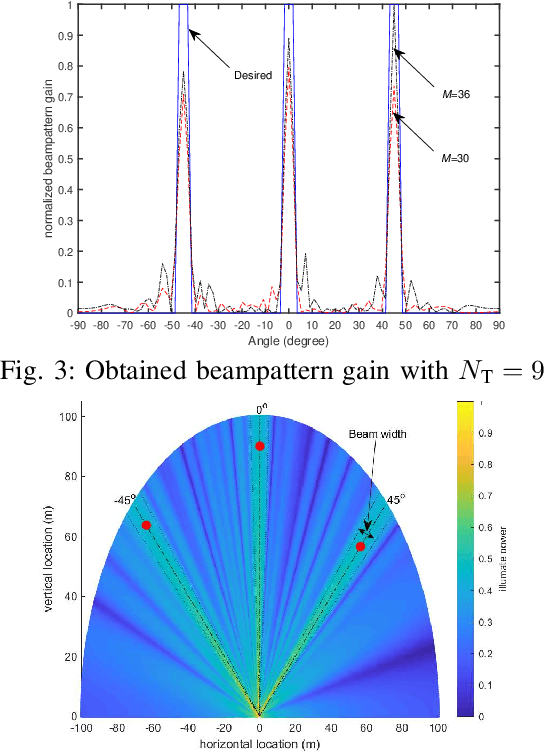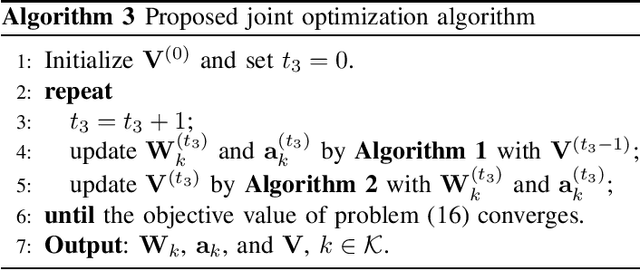Reconfigurable Intelligent Surface Assisted NOMA Empowered Integrated Sensing and Communication
Paper and Code
Aug 14, 2022



This paper exploits the potential of reconfigurable intelligent surface (RIS) to improve radar sensing in a non-orthogonal multiple access (NOMA) empowered integrated sensing and communication (NOMA-ISAC) network. The objective is to maximize the minimum radar beampattern gain by jointly optimizing the active beamforming, power allocation coefficients and passive beamforming. To tackle the formulated non-convex problem, we propose an efficient joint optimization algorithm by invoking alternating optimization, successive convex approximation (SCA) and sequential rank-one constraint relaxation (SRCR) algorithm. Numerical results show that the proposed RIS assisted NOMA-ISAC system, with the aid of proposed scheme, outperforms the RIS assisted ISAC system without NOMA.
 Add to Chrome
Add to Chrome Add to Firefox
Add to Firefox Add to Edge
Add to Edge